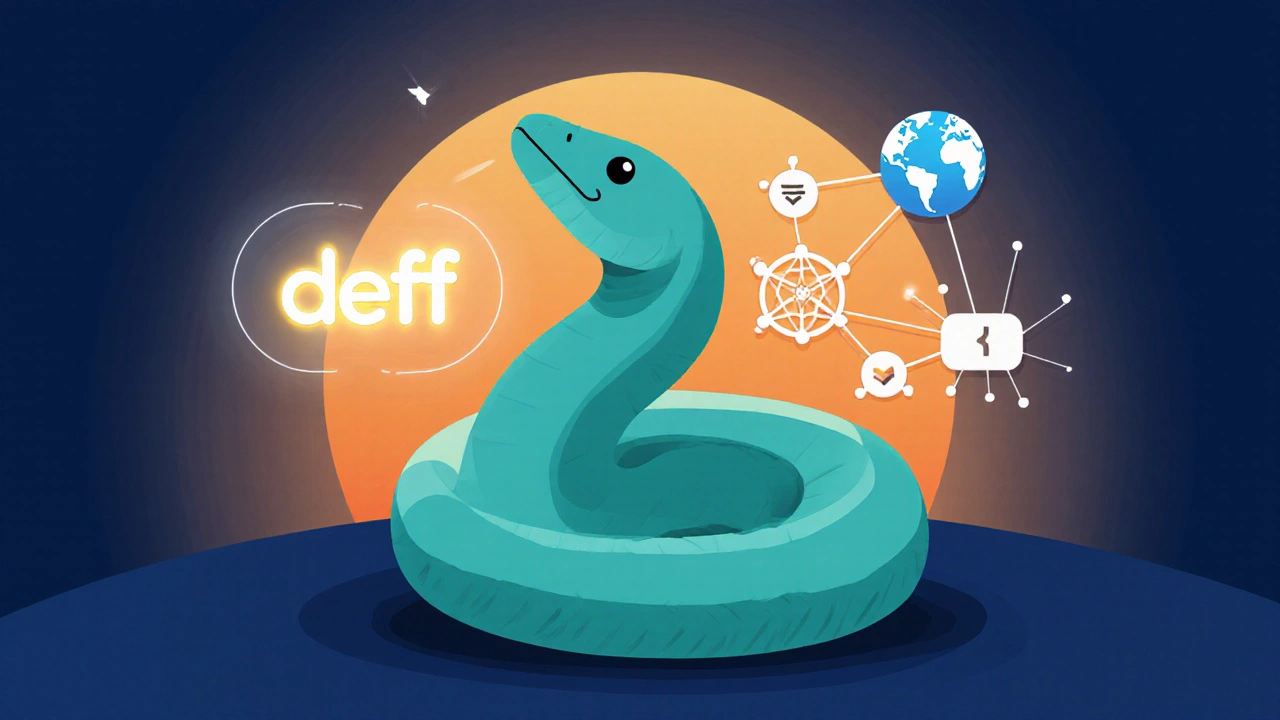Python Applications: Real‑World Uses and Learning Paths
When exploring Python applications, practical ways the language is used across industries, from building websites to analyzing data. Also known as Python use cases, it offers a flexible foundation for developers, scientists, and businesses alike.
One of the biggest drivers behind Python's popularity is Data Science, the practice of extracting insights from large datasets using statistical methods and visualizations. Python applications encompass data science because libraries like pandas, NumPy, and Matplotlib simplify data wrangling and plotting. When you combine those tools with machine‑learning frameworks such as scikit‑learn, the workflow becomes faster and more reproducible. This makes Python the go‑to language for analysts who need to turn raw numbers into actionable stories.
Another pillar is Web Development, building dynamic websites and APIs that serve millions of users. Python applications require web frameworks like Django or Flask to handle routing, templating, and database interactions. The clear, readable syntax lets teams launch prototypes in days instead of weeks, which is why startups love Python for their MVPs. Whether you’re serving static pages or powering complex e‑commerce platforms, the language scales with your traffic.
Automation is often the silent hero behind productivity gains. With Automation, scripts that perform repetitive tasks without human intervention, Python applications can scrape the web, process files, or manage cloud resources. Tools like Selenium for browser automation and the built‑in subprocess module let you orchestrate workflows that would otherwise take hours. In many companies, a single Python script replaces an entire manual process, freeing staff to focus on strategy.
Machine learning extends the reach of Python even further. By linking data science pipelines with deep‑learning libraries such as TensorFlow or PyTorch, Python applications can recognize images, translate languages, and predict trends. This synergy creates a feedback loop: better data fuels smarter models, and smarter models generate richer data. The result is a continuously improving system that can adapt to new challenges without a complete rewrite.
Getting Started and Growing Skills
If you’re curious about how to dive into these areas, online learning platforms are a practical launchpad. Coursera, Udemy, and the best eLearning platforms of 2025 all host Python courses tailored to data science, web development, and automation. These courses often include hands‑on projects that mirror real‑world Python applications, so you can build a portfolio while you learn. For beginners, start with a free coding app that introduces syntax, then move on to specialized tutorials that focus on the domain you care about most.
Remember, the journey from a novice coder to a professional who builds Python applications is incremental. Each project you complete adds a layer of confidence, and the community around Python constantly shares snippets, libraries, and best practices. Below you’ll find a curated set of articles that break down everything from the fastest online certifications to the top eLearning tools, all geared toward helping you turn Python knowledge into tangible results.
Oct
23

- by Dhruv Ainsley
- 0 Comments
What is Python Used For? Common Applications and Real‑World Examples
Explore Python's real‑world applications-from web development and data science to automation and education-in clear, practical examples.